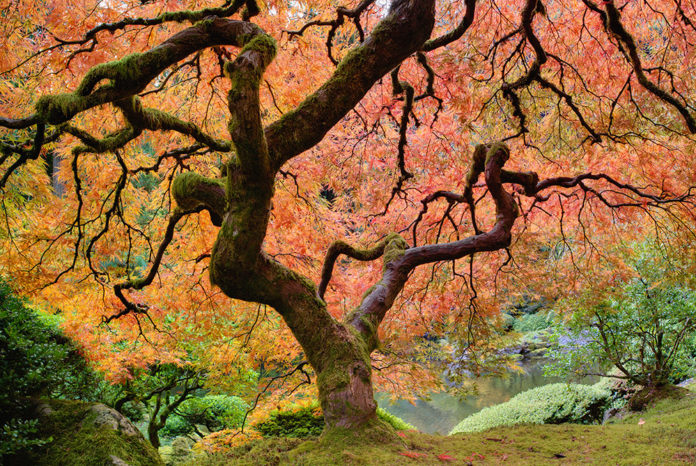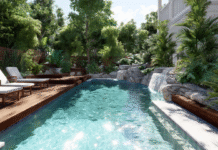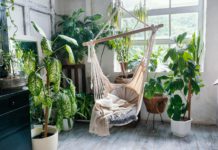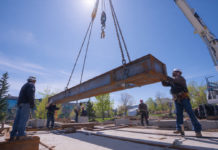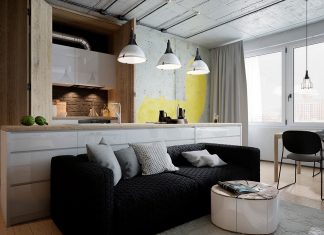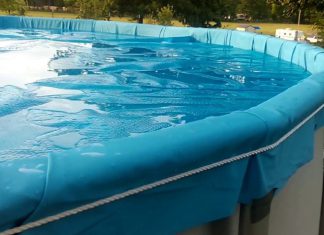Planting a tree is one of the most rewarding decisions you can make for your home and the environment. Trees offer shade, increase your privacy, boost curb appeal, reduce energy costs, increase property value, and provide a habitat for local wildlife. But choosing the right tree for your yard is more than picking one that looks nice. It’s a long-term investment that requires careful consideration of several factors.
Whether you want a flowering ornamental, a stately shade tree, or a fast-growing privacy screen, this guide will help you make the best choice for your space.
1. Understand Your Goals
Start by identifying what you want from a tree. Do you want it to:
- Provide shade?
- Add spring or fall color?
- Offer privacy?
- Produce fruit or flowers?
- Attract birds and pollinators?
Your goals will guide you toward specific tree types. For example, if shade is your priority, consider a large deciduous tree like an oak or maple. If you’re interested in flowers and fragrance, look at dogwoods, magnolias, or cherry blossoms.
2. Know Your Site Conditions
Next, assess the conditions in your yard. Not all trees will thrive in every location. Consider the following:
Sunlight: How many hours of direct sunlight does the area receive? Full sun (6+ hours), partial shade (3–6 hours), or full shade (less than 3 hours)?
Soil Type and Drainage: Is your soil sandy, clay, loamy, or compacted? Does water pool after rain, or does it drain quickly? Some trees like moist soil (like river birch), while others prefer well-drained ground (like pines or oaks).
Space: How much room do you have—both above and below ground? Will the tree grow too close to your home, power lines, driveway, or foundation? Roots can also impact sidewalks and plumbing if planted too close.
Climate Zone: Make sure the tree you choose is hardy in your USDA Plant Hardiness Zone. Local nurseries can help identify suitable species.
3. Choose the Right Tree for the Right Place
Match your goals with the site conditions to narrow your tree choices. Here are some common needs and good options:
Shade Trees
- Oak (e.g., Red Oak, Pin Oak): Long-lived, large canopy, native to many regions.
- Maple (e.g., Sugar Maple, Red Maple): Brilliant fall color, great for cooler climates.
- Katsura: Fragrant in fall and beautiful colors, dense shade, adaptable.
Flowering Trees
- Dogwood: Spring blooms, attractive berries, moderate size.
- Magnolia: Stunning flowers, evergreen or deciduous varieties.
- Crabapple: Profuse spring blossoms, small fruit, attracts birds.
Privacy Trees
- Arborvitae: Dense, slow-growing evergreen, ideal for hedges.
- Leyland Cypress: Tall, fast-growing, but needs space.
- Green Giant: Fast growing, medium width and height
Small Spaces
- Japanese Maple: Delicate leaves, vibrant color, compact.
- Redbud: Heart-shaped leaves, spring blooms, modest size.
- Serviceberry: Multi-season interest, edible berries.
4. Think Long-Term
It’s easy to fall in love with a sapling at the nursery, but remember: trees grow. Always check the mature size—both height and spread—of any tree you consider. Avoid planting large trees too close to your house or beneath power lines. Also, consider the tree’s maintenance needs. Will it drop fruit or seed pods that might stain a driveway or your car? Does it require regular pruning?
Some trees are also more prone to pests or disease. Check with local arborists to find out what species are most resilient in your area.
5. Buy from a Reputable Source
Once you’ve chosen your tree, buy it from a local, reputable tree nursery. Local suppliers are more likely to stock regionally appropriate trees and can offer transplanting and care advice. Inspect the tree for healthy roots, no signs of disease, and a strong central leader (the main trunk should be straight and dominant).
6. Plant and Care Properly
The best tree in the world won’t thrive if it’s poorly planted. Here are a few quick tips:
- Dig a hole wider than the root ball but no deeper.
- Backfill with the native soil (don’t amend heavily).
- Water consistently through the growing season with driplines or emitters
- Mulch around the base—but keep mulch away from the trunk.
- Stake only if necessary, and remove stakes after 1-2 seasons.
Many tree nurseries, like Big Trees Inc., offer planting service for their trees.
Final Thoughts
Choosing the right tree for your yard is a blend of aesthetics, practicality, and foresight. With some research and planning, your new tree can become a defining feature of your landscape for generations to come. Remember, trees are long-term companions—choose one that will love your yard as much as you do.
Nancy Penrose is the owner of Big Trees Inc., the premier tree nursery in the Seattle area, located in Snohomish.
